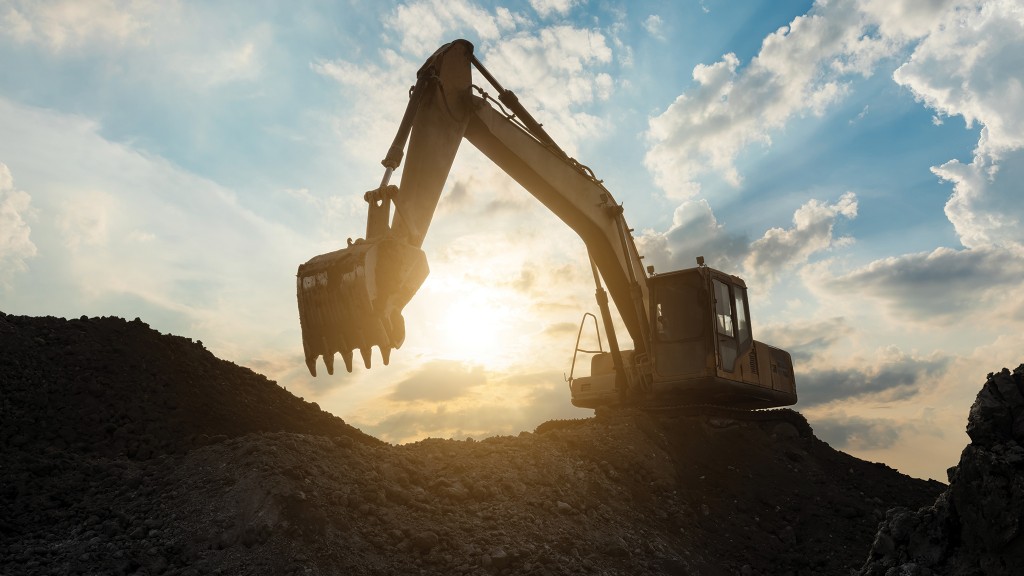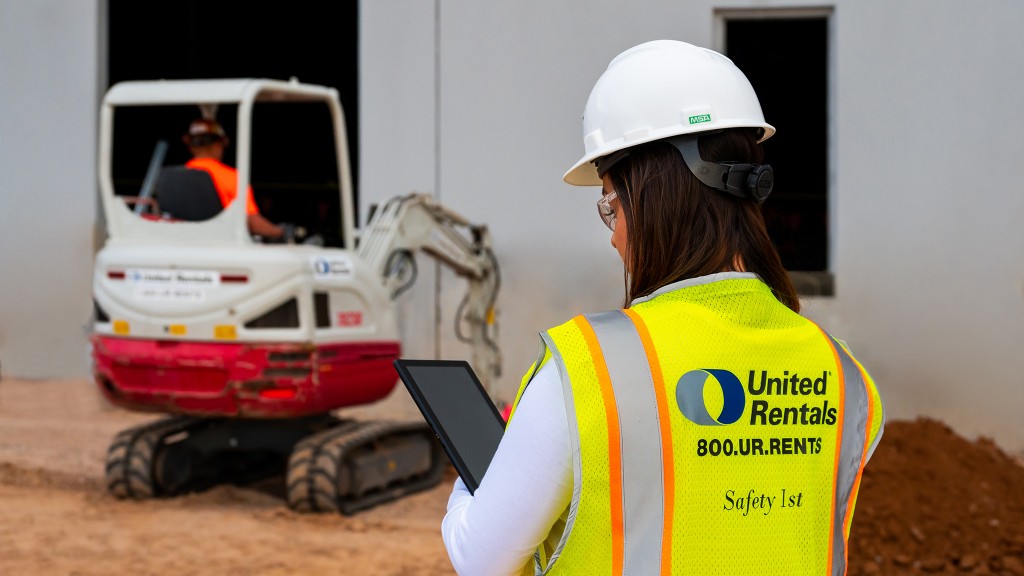
The construction industry is a significant producer of greenhouse gas (GHG) emissions on a global scale. On a site scale, there are several ways to reduce CO2 impact, including deploying greener machines, increasing the utilization of machines, and reducing excessive CO2 emissions from existing machines. In the current economic environment, replacing machines has slowed and there are thousands of older machines in use.
Although off-road combustion engines have been regulated in Canada since 2006, and engines are certified to the harmonized US EPA (Environmental Protection Agency) federal standards, there is growing external pressure from site owners, government, and the wider public driving construction to accurately record and reduce carbon emissions. Net-zero emission clauses in project contracts are one approach, defining the limits and possible penalties for operators. Another approach is the availability of technology that provides operators with precise engine use data.
This higher degree of information allows operators to record real-time GHG levels and analyze engine use to provide indicators of driver behaviour that can be modified to reduce emissions, such as idling and over revving engines. Understanding real-time engine use will save fuel and reduce engine wear, which could reduce cost of rental contracts or, for owned OHVs, extend the productive life cycle of the vehicle.
Previous attempts to improve the situation through reporting have been less than effective in real terms often due to the low-tech capabilities of machines and data devices. Often this reporting was based on simplified data models that provide a general emissions statement for an average class machine.
The common practice of publishing results based on inadequate data has allowed companies to report estimated numbers that, at best, might be considered good marketing and, at worst, are misleading. This process undermines the collective effort to reduce GHG emissions and can only be corrected with live tracking of emissions data.
Over the past 12 months there has been a dramatic and positive repositioning from within the industry to promote emissions reporting and wider sustainability. This is not simply NOx tracking. Today, providing CO2 and fuel usage tracking for mixed fleets with equipment of varying ages is achievable.
Progress is being made on the legislative side and, while there are no rigorous standards for calculating emissions, these legislative steps are critical to shift behaviour. They place a premium on contract bidders' ability to demonstrate an accurate record of emissions.
In North America, for example, significant strides have been made to implement regulations to reduce CO2 emissions from the transportation sector. There are fuel economy standards for passenger cars and light-duty trucks and targets have been set to reduce emissions from heavy-duty vehicles. The current U.S. administration has announced plans to reduce the country's GHG emissions by 50 to 52 percent by 2030 compared to 2005 levels. New York, Massachusetts, and Illinois have also introduced their own emissions reduction targets.
In 2022, the Government of Canada introduced the 2030 Emissions Reduction Plan, which targets a 40 to 45 percent emissions reduction below 2005 levels by 2030.
Software provides simple emissions reporting for fleet owners
Available technology, such as Trackunit Emissions Reporting, provides a platform for decreasing CO2 emissions in construction and heavy equipment markets. The technology uses a Machine Learning model and specific algorithms to extract the data from the Can bus. This harnesses synthesized machine metadata and individual equipment profiling to unlock comprehensive total fleet emissions reporting.
The software is available for every type of machine in the off-highway sector and gives users an at-your-fingers display of emissions from all connected equipment enabling easy tracking and, where necessary, almost instantaneous action. One of the fastest ways to decrease CO2 output while maintaining fleet productivity is by managing machine and operator behaviour. Operators need to be educated and incentivized to limit machine idle time through measurement of the ongoing emissions reduction over the project time frame.
Emissions reporting can also promote smarter deployment decisions to limit the under-utilization of machinery and ensure fleets are in line for tax-saving benefits where local authorities incentivize better tracking. There is further opportunity for brand building with data-based validation of sustainability claims.
Today's nonroad machines and equipment are far more data-rich, and the wireless technologies that support them have improved with advances in IoT and the deepening connectivity between machines, people, and processes.
The next breakthrough is in delivering data that will differentiate fleet owners at the micro-level to make emissions reporting more quantifiable, more rigorous, and perhaps, most significantly for the bottom line, more aligned with the kind of stringent criteria that will enable them to successfully bid for lucrative, environmentally sustainable contracts.
Every machine on every job site is getting closer to being connected. It will soon be possible to take a data-driven approach to generate highly accurate CO2 emissions reporting based on real data for every asset.
Emissions reporting is a collaborative project
Establishing rigorous reporting standards will take collaboration between governments and private organizations. While progress is being made in regulating CO2 emissions in the construction industry, there is still a long way to go to establish these standards. To get ahead of both the legislation and the competition, it is crucial that fleet owners begin implementing detailed reporting standards based on real machine utilization data and local power mix profiles for electrical equipment.
Increasingly, major industry players are relying on state-of-the-art telematics providers with the sophistication to handle the highly complex modelling of individual machine profiles to provide a scalable and future-proof CO2 reporting setup. By being proactive and staying ahead of regulations, companies can reduce their emissions, save money, and contribute to a sustainable future.
Dave Swan is Trackunit's senior vice president. Swan drives strategic product initiatives and product-led transformations globally. His prior experience working within an OEM and his work on industry steering committees has helped build his extensive knowledge about digital transformation and a strong commitment to eliminating downtime in the construction industry.
Before joining Trackunit, Swan led the development of Skyjack's award-winning connected machine solution ELEVATE.



